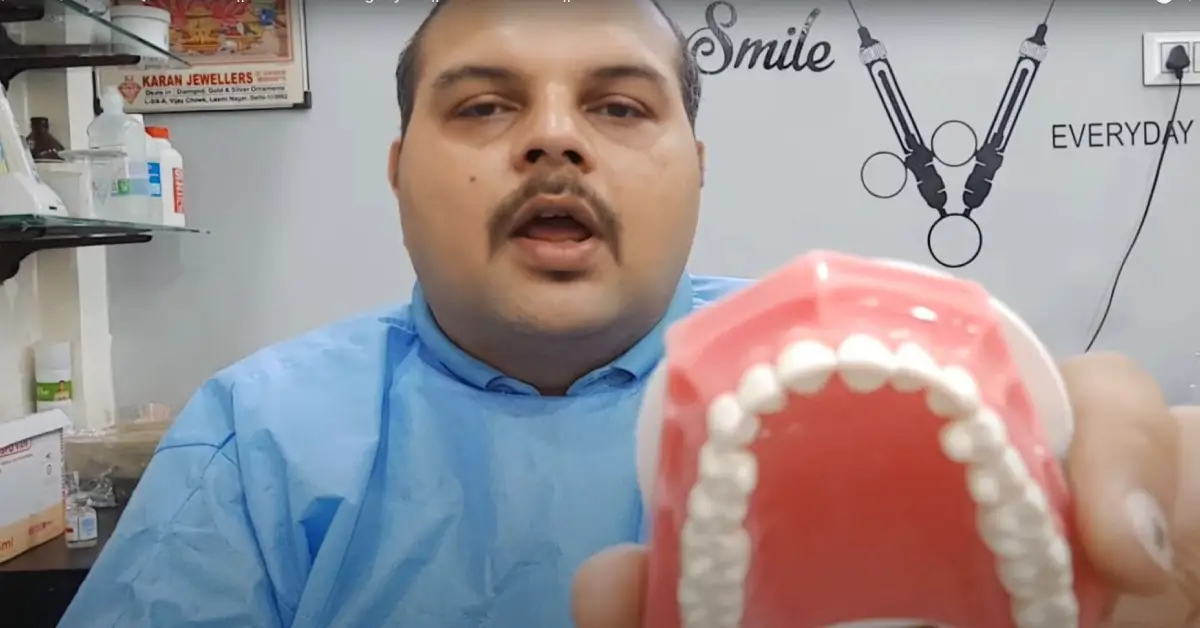Teeth Whitening:
Teeth whitening is a cosmetic procedure that lightens the color of teeth. A dentist can perform it in the office, or you can use over-the-counter products at home.
In-Office Teeth Whitening
- Professional-grade bleaching agents: Dentists use stronger bleaching agents than those available over the counter.
- Light therapy: Some in-office procedures use light to activate the bleaching agent and speed up the whitening process.
- Quick results: In-office whitening can significantly brighten teeth in a single visit.
At-Home Teeth Whitening
- Custom-made trays: These trays fit snugly over your teeth and hold the bleaching agent in place.
- Over-the-counter products: Strips, gels, and pens are popular options.
- Gradual results: At-home whitening may take several weeks to achieve desired results.
Factors Affecting Tooth Whitening Results
- Natural tooth color: Teeth that are naturally darker may require more treatments.
- Stains: Surface stains, such as those caused by coffee or tea, are easier to remove than deep-seated stains.
- Tooth enamel: Healthy, intact enamel is essential for effective whitening.
- Dental health: Regular dental checkups and cleanings are important for maintaining a healthy smile.
Potential Side Effects
- Tooth sensitivity: Temporary sensitivity is common, especially during the initial stages of whitening.
- Gum irritation: Using too much bleaching agent or not applying it correctly can irritate the gums.
If you’re considering tooth whitening, consult with a dentist to discuss your options and determine if it’s right for you.
Teeth Cleaning:
Teeth cleaning is a professional dental procedure that involves removing plaque, tartar, and stains from your teeth. It’s a crucial component of maintaining good oral health and preventing gum disease.
What is Plaque and Tartar?
- Plaque: A sticky film that forms on teeth from bacteria and food particles.
- Tartar: Hardened plaque that can build up along the gumline and contribute to gum disease.
The Teeth Cleaning Process
- Examination: Your dentist will examine your teeth and gums to identify any areas of concern.
- Scaling: A dental instrument is used to remove plaque and tartar from above and below the gumline.
- Root planing: If gum disease is present, your dentist may perform root planing to smooth the root surfaces and encourage healing.
- Polishing: A gritty paste is used to remove any remaining stains and smooth the tooth surfaces.
Benefits of Regular Teeth Cleanings
- Prevention of gum disease: Regular cleanings can help prevent gingivitis and periodontitis.
- Improved oral health: Clean teeth and gums are less likely to develop cavities or other dental problems.
- Fresher breath: Plaque and tartar can contribute to bad breath, so regular cleanings can help improve your breath.
- Early detection of oral health issues: Your dentist can identify potential problems during routine cleanings, such as cavities or oral cancer.
It’s generally recommended to see your dentist for professional cleanings every six months. However, the frequency may vary depending on your individual oral health needs.
Teeth Whitening vs. Teeth Cleaning
- Teeth cleaning (scaling): Removes plaque, tartar, and stains from teeth. Does not change the color of teeth.
- Teeth whitening: Bleaches teeth to make them whiter. Can be done in-office or at-home.
- In-office tooth whitening: Uses a professional-strength bleaching agent and light to whiten teeth in one or two sessions.
- At-home tooth whitening: Uses a weaker bleaching agent and custom-made trays to whiten teeth over several weeks.
- Tooth whitening side effects: Can cause tooth sensitivity and gum irritation.
- Tooth whitening results: Not permanent; teeth may gradually become darker over time.
- Cost: Tooth whitening is more expensive than teeth cleaning.
Tips for Whiter Teeth
- Brush your teeth twice a day with a fluoride toothpaste.
- Floss daily to remove plaque and food particles from between teeth.
- See your dentist for regular checkups and cleanings.
- Avoid smoking and excessive alcohol consumption.
- Limit your intake of sugary and acidic drinks and foods.
- Use a whitening toothpaste or mouthwash.
- Consider professional teeth whitening.


2 thoughts on “Teeth Whitening vs. Cleaning: A Comprehensive Guide”